Energy-efficient Scheduling Algorithm for All Optical IP Multicast Based on Colorless, Directionless and Contentionless-Flexible Reconfigurable Optical Add/Drop Multiplexer Node
-
摘要: 为了提高无色无向无冲突灵活的可重构光分插复用器(CDC-F ROADM)节点的弹性光网络IP组播频谱-能耗效率,该文提出一种全光组播能效调度算法(AMEESA)。在算法路由阶段,考虑能耗和链路频谱资源使用情况设计链路代价函数,构建最小代价光树算法组播光树。在频谱分配阶段,设计基于高效光谱分辨率(HSR)光树中间节点频谱转换方法,选择节能频谱转换方案为组播光树分配频谱块资源。仿真分析表明,所提算法能有效提升网络能效,降低IP组播带宽阻塞率。
-
关键词:
- 光组播 /
- 无色无向无冲突灵活的可重构光分插复用器 /
- 能效调度 /
- 能耗 /
- 带宽阻塞率
Abstract: In order to improve multicast’s spectrum energy-efficient of elastic optical network configured with Colorless, Directionless and Contentionless-Flexible Reconfigurable Optical Add/Drop Multiplexer (CDC-F ROADM) nodes, an All-optical Multicast Energy Efficiency Scheduling Algorithm (AMEESA) is proposed. In the routing phase, considering both energy consumption and link spectrum resource utilization, the link cost function is designed to establish the multicast tree with the least cost. In the spectrum allocation phase, a spectrum conversion method based on High Spectral Resolution (HSR) is designed by changing the spectrum slot index of adjacent links according to links availability of spectrum blocks. And an energy-saving spectrum conversion scheme is selected to allocate spectrum block resources for the multicast tree. Simulation analysis shows that the proposed algorithm can effectively improve the network energy efficiency and reduce the bandwidth blocking probability of IP multicast. -
表 1 不同调制格式下单频隙的传输速率、能耗和最大距离
调制格式 传输速率(Gb/s) 能耗(W) 最大距离(km) BPSK 12.5 112.374 4000 QPSK 25.0 133.416 2000 8QAM 37.5 154.457 1000 16QAM 50.0 175.498 500 32QAM 62.5 196.539 250 表 2 AMEESA算法
输入:光网络拓扑$G\left( {{\text{V}}, {\text{E}}, {\text{S}}} \right)$,节点集${\text{V}} = \left\{ {{v_i}|i = 1, 2, ·\!·\!· , \left| {\text{V}} \right|} \right\}$,节点端口数N,链路集${\text{E}} = \left\{ {{e_{ij}}|i, j \in {\text{V}}, i \ne j} \right\}$,链路频隙集${\text{S}} = \left\{ {{s_i}|i =}\right.$ $\left.{ 1, 2, ·\!·\!· , |{\text{S}}|} \right\}$,组播集${\text{R}} = \left\{ {{R_k}|k = 1, 2, ·\!·\!· , \left| {\text{R}} \right|} \right\}$,其中组播请求Rk=(sk, Dk, wk), sk为第k个业务源节点,Dk为第k个业务目的节点集 合,wk代表第k个业务所需频谱带宽,设变量k=1; 输出:各组播的传输光树和路径上频隙索引值起止编号,网络能耗PT; (1) 判断集合R是否空?如果是,则转到步骤(12),如果不是,处理第k个组播请求Rk=(sk, Dk, wk); (2) 初始化组播Rk光树集合Tk=$\varnothing $,使用式(8)更新网络拓扑中每条链路的代价; (3) 在Dk中任取一个目的节点dj,使用Dijkstra算法为组播计算一条从源节点sk到dj的最小代价路径Pk, j;并将Pk, j加入组播光树Tk中,更新 业务Rk目的节点集合Dk=Dk–dj; (4) 判断目的节点集合Dk是否为$\emptyset $,如果是,转步骤(5);否则,返回至步骤(3); (5) 根据组播光树Tk大小,在距离物理损伤约束下基于HSR为组播选择最佳的调制等级,并计算组播Rk所需频隙数n,确定频隙索引起止编号; (6) 统计光树Tk中所有链路的空闲频谱资源,判断是否有频谱块满足组播的带宽需求,若有,转步骤(7);否则,跳至步骤(8); (7) 为组播Rk建立光树连接,使用FF方法为组播Rk分配频谱,计算网络总能耗PT,转步骤(11); (8) 根据光树中所有链路的空闲频谱情况,判断组播是否可通过HSR在光树中间节点频谱转换满足带宽分配需求,若可以,则转步骤(9);
否则,阻塞该组播请求,k =k+1,返回步骤(1),处理下一个组播;(9) 将链路上满足组播请求的频谱资源从小到大排序,如果频谱块大小相同,再按照频谱块的起始索引值大小由小到大排序;确定频谱不一
致的光树中间节点进行频谱转换,选择频谱起始索引值小的频谱块分配给组播光树,并计算网络能耗PT,选择使得网络能耗最小的中间
节点频谱转换方案;(10) 若经中间节点频谱转换的组播频谱分配成功,转步骤(11);否则,阻塞组播,k =k+1,转步骤(1); (11) 组播Rk路由和频谱分配成功,记录光树Tk和各链路上频隙分配的起止频隙编号,网络能耗PT; (12) AMEESA算法结束,输出各成功传输组播的路由光树、频谱分配和网络能耗。 -
鲍宁海, 刘翔, 张治中, 等. WDM节能光网络中的抗毁保护算法研究[J]. 重庆邮电大学学报: 自然科学版, 2012, 24(3): 278–282. doi: 10.3979/j.issn.1673-825X.2012.03.002BAO Ninghai, LIU Xiang, ZHANG Zhizhong, et al. Survivable protection algorithm in WDM energy-efficient optical network[J]. Journal of Chongqing University of Posts and Telecommunications:Natural Science Edition, 2012, 24(3): 278–282. doi: 10.3979/j.issn.1673-825X.2012.03.002 刘焕淋, 熊翠连, 陈勇. 频谱效率优先的任播路由冲突感知的弹性光网络资源重配置[J]. 电子与信息学报, 2017, 39(7): 1697–1703. doi: 10.11999/JEIT161093LIU Huanlin, XIONG Cuilian, and CHEN Yong. Collision-aware reconfiguration resource based on spectrum efficiency first for anycast routing in elastic optical networks[J]. Journal of Electronics &Information Technology, 2017, 39(7): 1697–1703. doi: 10.11999/JEIT161093 熊余, 刘川菠, 孙鹏. 考虑业务服务质量的光线路终端节能算法[J]. 重庆邮电大学学报: 自然科学版, 2017, 29(2): 208–215. doi: 10.3979/j.issn.1673-825X.2017.02.011XIONG Yu, LIU Chuanbo, and SUN Peng. Energy saving algorithm for optical line terminal considering quality of service[J]. Journal of Chongqing University of Posts and Telecommunications:Natural Science Edition, 2017, 29(2): 208–215. doi: 10.3979/j.issn.1673-825X.2017.02.011 HAMZA H S. Convert-and-deliver: Convert-and-Deliver: A scalable multicast optical cross-connect with reduced power splitting fan-out[J]. The Journal of Supercomputing, 2012, 62(3): 1189–1212. doi: 10.1007/s11227-011-0565-9 PASCAR L, KARUBI R, FRENKEL B, et al. Port-reconfigurable, wavelength-selective switch array for colorless/directionless /contentionless optical add/drop multiplexing[C]. The International Conference on Photonics in Switching, Florence, Italy, 2015: 16–18, ZONG Liangjia, ZHAO Han, YAN Yunfei, et al. Demonstration of quasi-contentionless flexible ROADM based on a multiport WXC[J]. Journal of Optical Communications and Networking, 2016, 8(7): A141–A151. doi: 10.1364/JOCN.8.00A141 PATEL A N, JI P N, JUE J P, et al. Multicast traffic grooming in flexible optical WDM networks[C]. SPIE Conference on Optical Metro Networks and Short-Haul Systems V, San Francisco, USA, 2013: 864605. YANG Haining, ROBERTSON B, WILKINSON P, et al. Low-cost CDC ROADM architecture based on stacked wavelength selective switches[J]. Journal of Optical Communications and Networking, 2017, 9(5): 375–384. doi: 10.1364/JOCN.9.000375 SYGLETOS S, FABBRI S, FERREIRA F, et al. All-optical add-drop multiplexer for OFDM signals[C]. The International Conference on Transparent Optical Networks, Budapest, Hungary, 2015: 1–4. LIN H and ZHUANG Yuanxi. An algorithm for dynamic multicast traffic grooming in light-trail optical WDM mesh networks[C]. The International Conference on Computing, Networking and Communications, Maui, USA, 2018: 134–138. LIU Huanlin, YIN Yarui, and CHEN Yong. Energy-efficient multicast traffic grooming strategy based on light-tree splitting for elastic optical networks[J]. Optical Fiber Technology, 2017, 36: 374–381. doi: 10.1016/j.yofte.2017.05.014 PAPANIKOLAOU P, SOUMPLIS P, MANOUSAKIS K, et al. Minimizing energy and cost in fixed-grid and flex-grid networks[J]. Journal of Optical Communications and Networking, 2015, 7(4): 337–351. doi: 10.1364/JOCN.7.000337 RUDNICK R, TOLMACHEV A, SINEFELD D, et al. Sub-GHz resolution photonic spectral processor and its system applications[J]. Journal of Lightwave Technology, 2017, 35(11): 2218–2226. doi: 10.1109/JLT.2016.2647710 TANAKA T, INUI T, KADOHATA A, et al. Multiperiod IP-over-elastic network reconfiguration with adaptive bandwidth resizing and modulation[J]. Journal of Optical Communications and Networking, 2016, 8(7): A180–A190. doi: 10.1364/JOCN.8.00A180 VIZCAÍNO J L, SOTO P, YE Y B, et al. Differentiated quality of protection: an energy-and spectral-efficient resilience scheme for survivable static and dynamic optical transport networks with fixed-and flexible-grid[J]. Optical Switching and Networking, 2015, 19: 78–96. doi: 10.1016/j.osn.2015.03.006 -





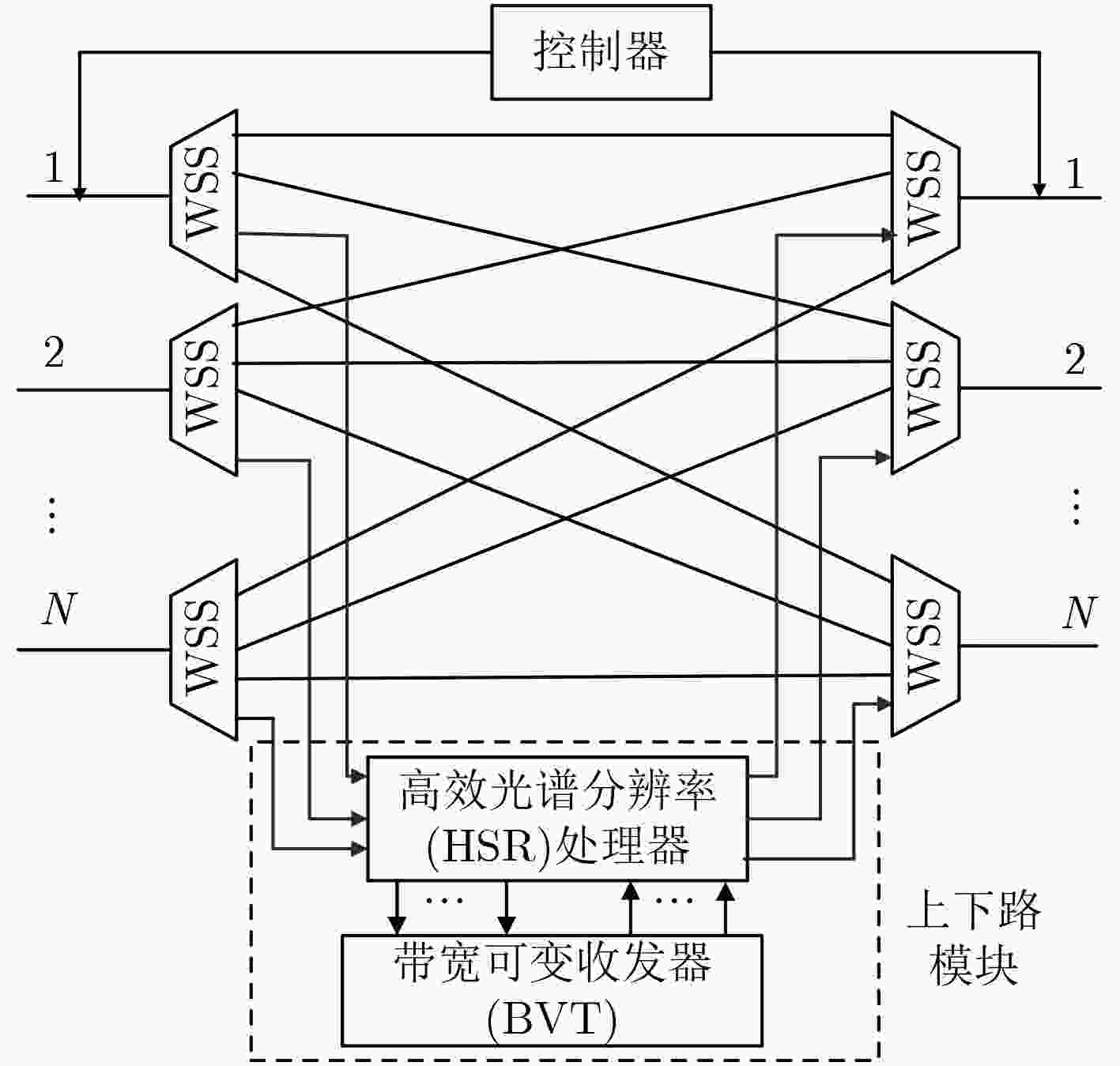
 下载:
下载:
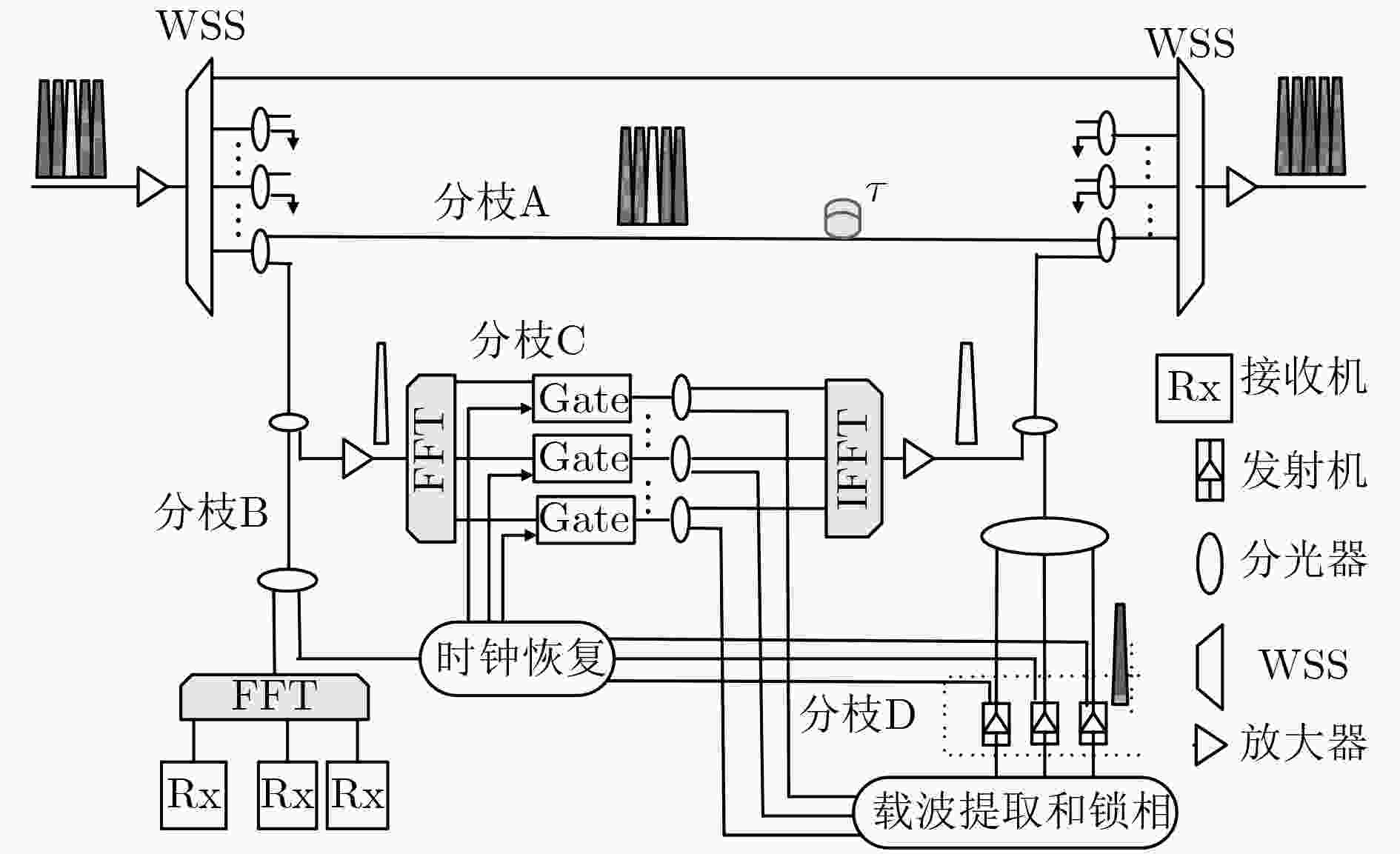
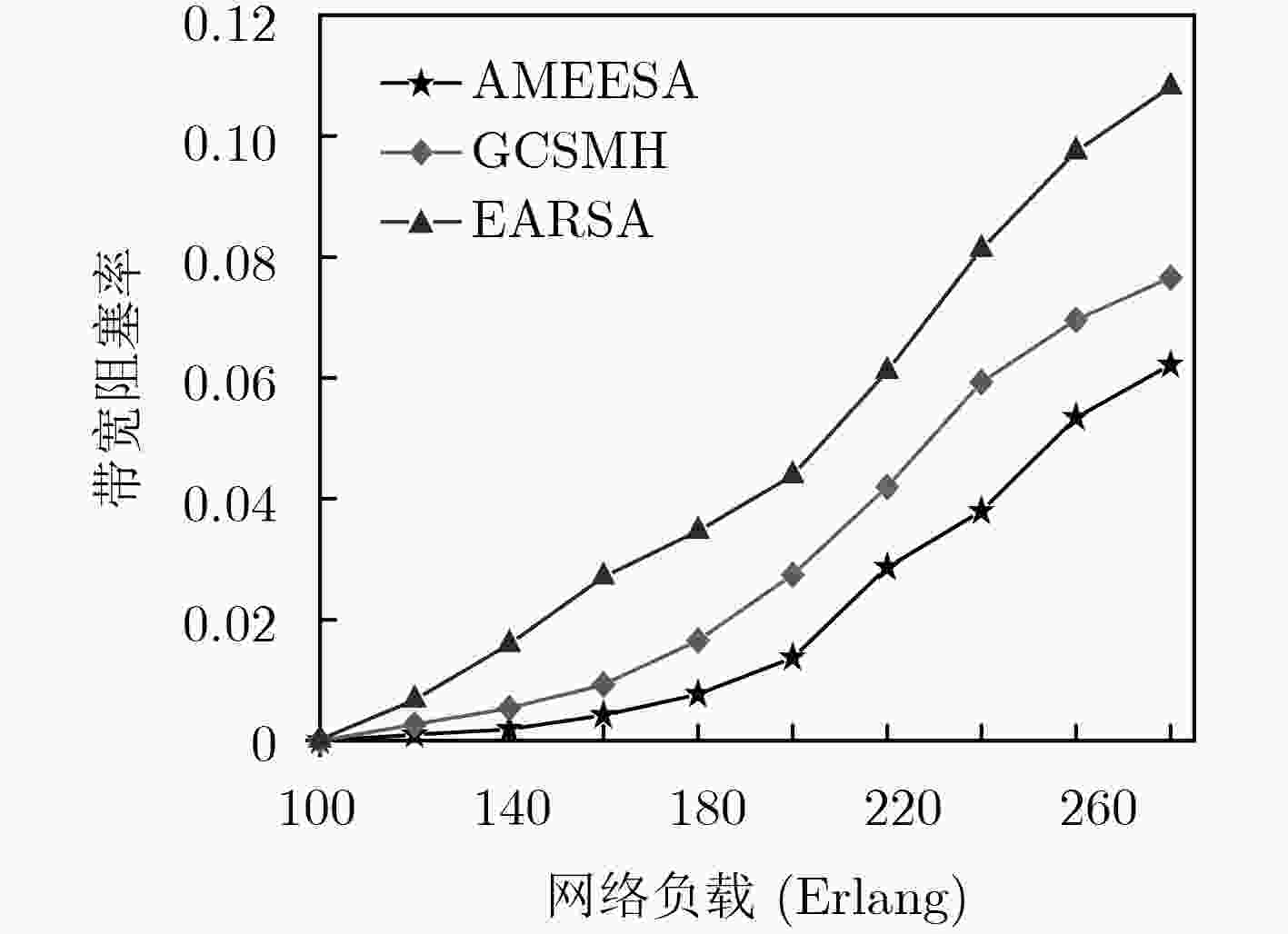
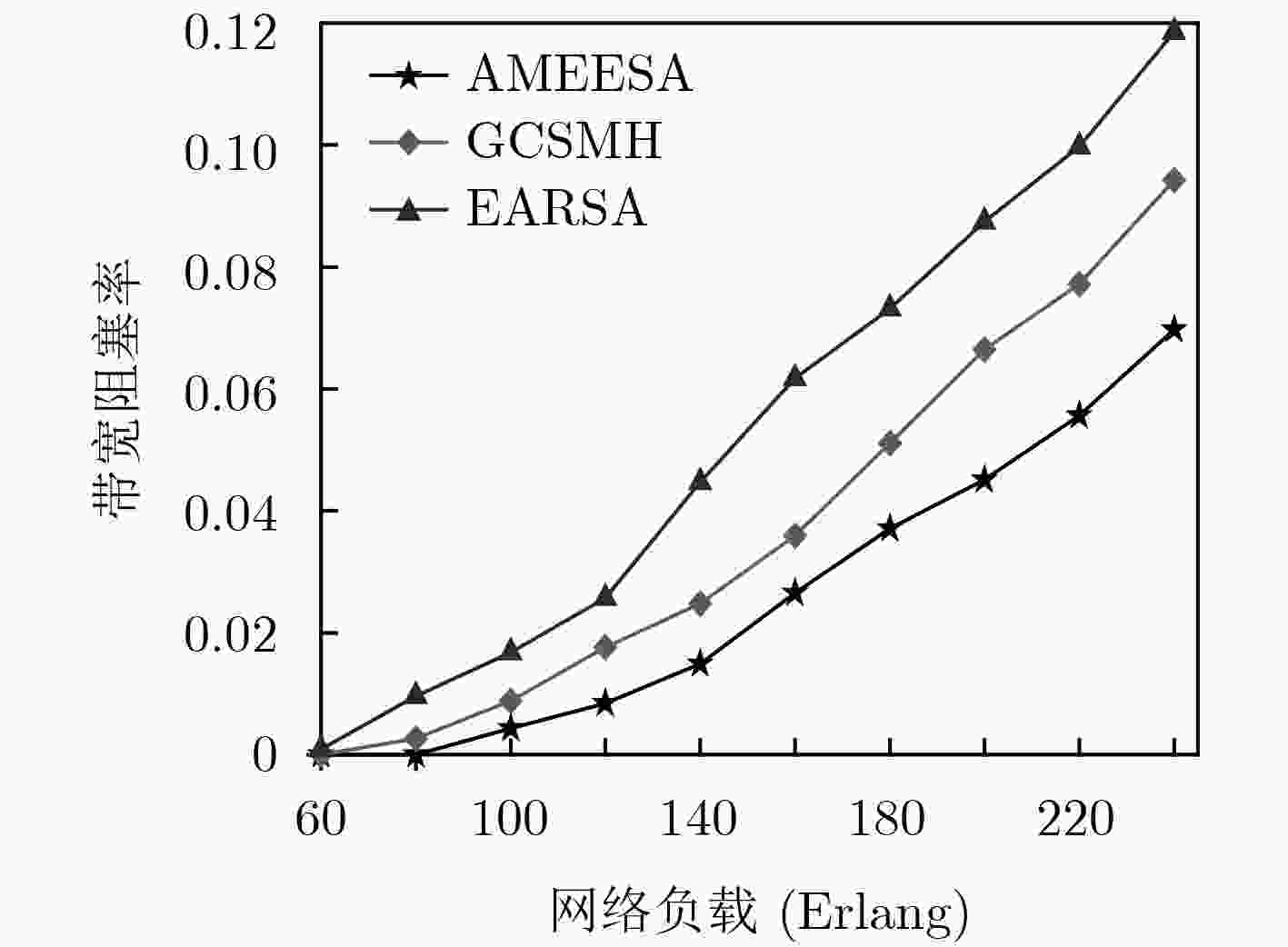
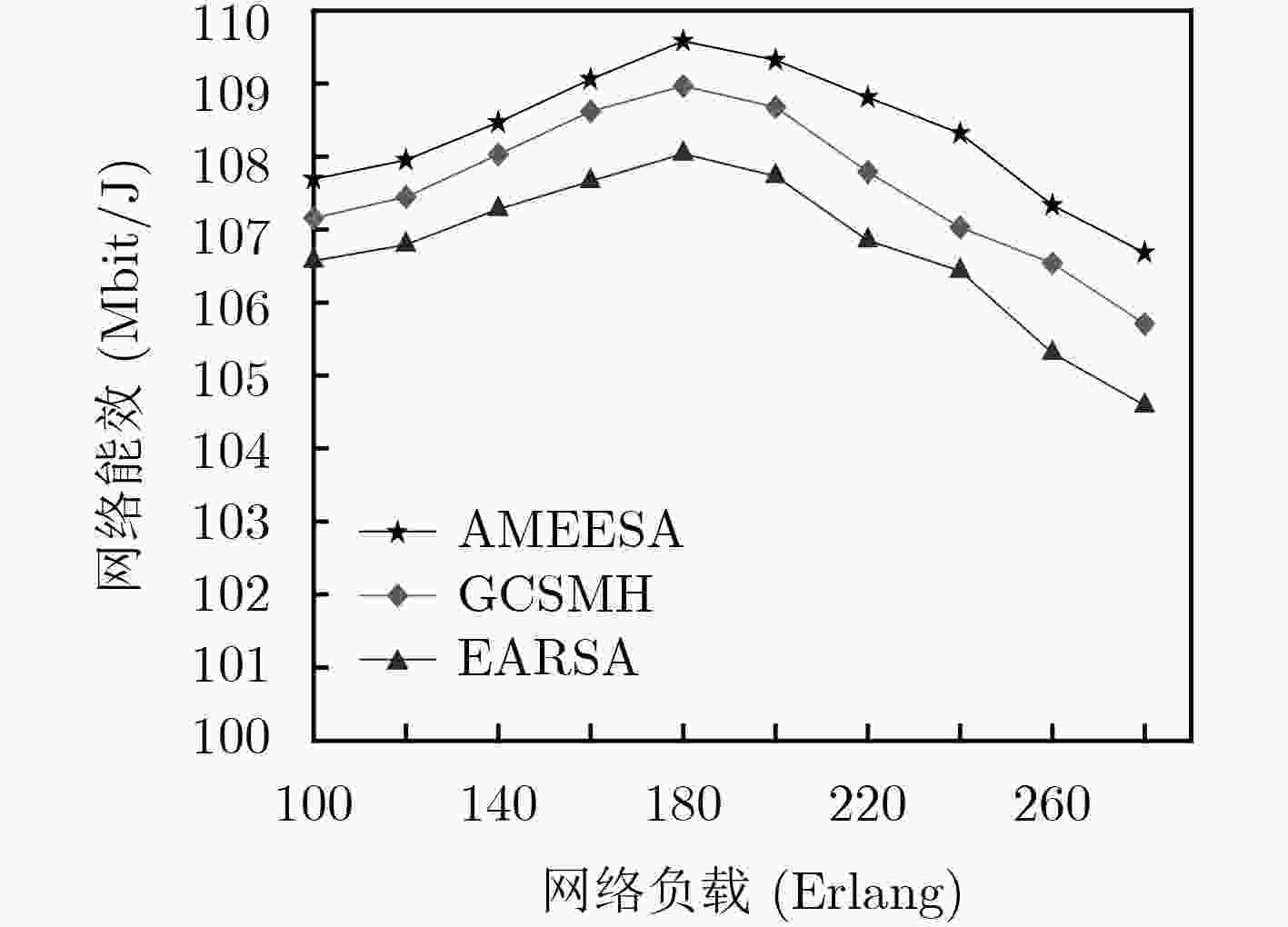
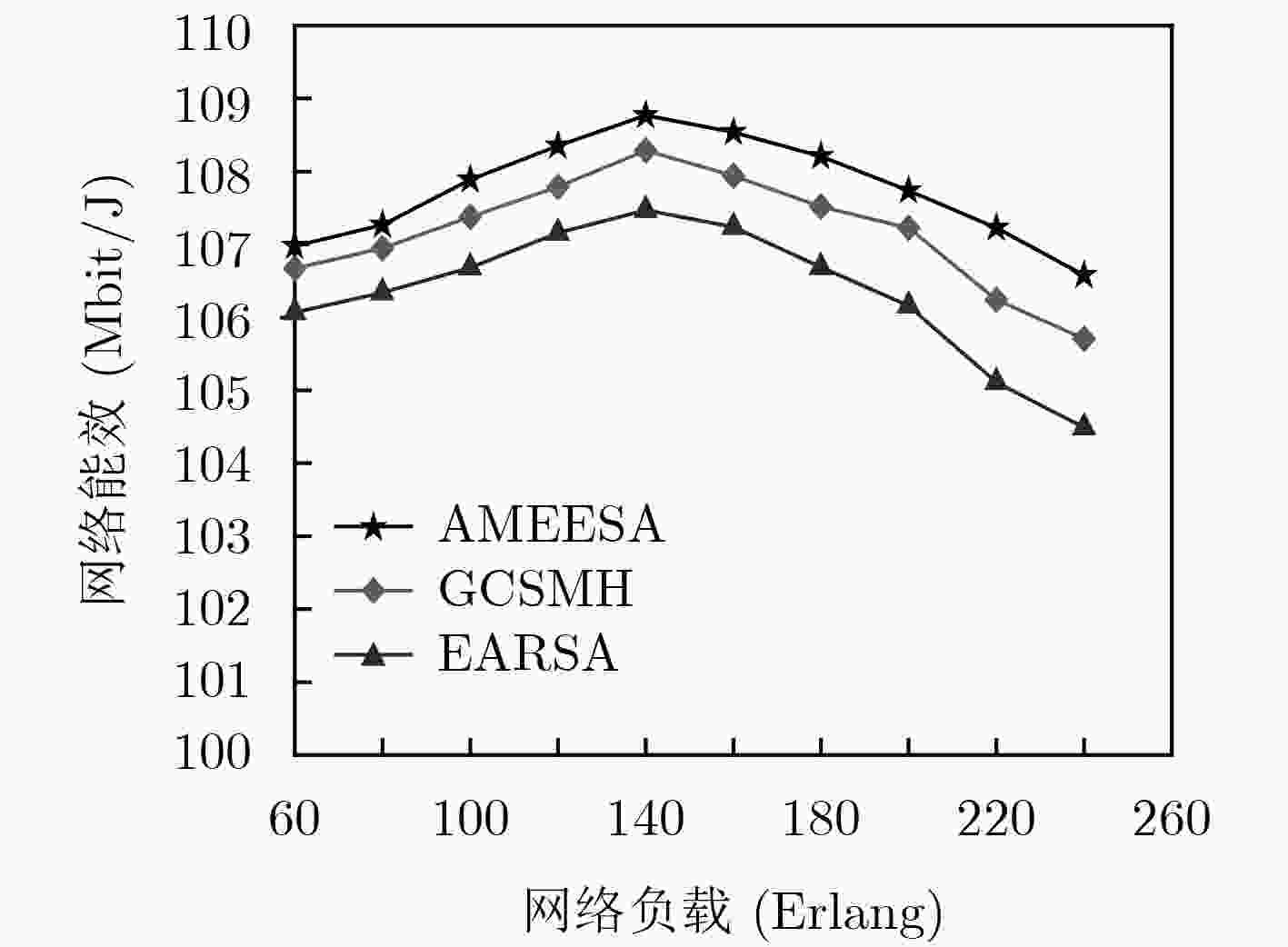


 下载:
下载:
